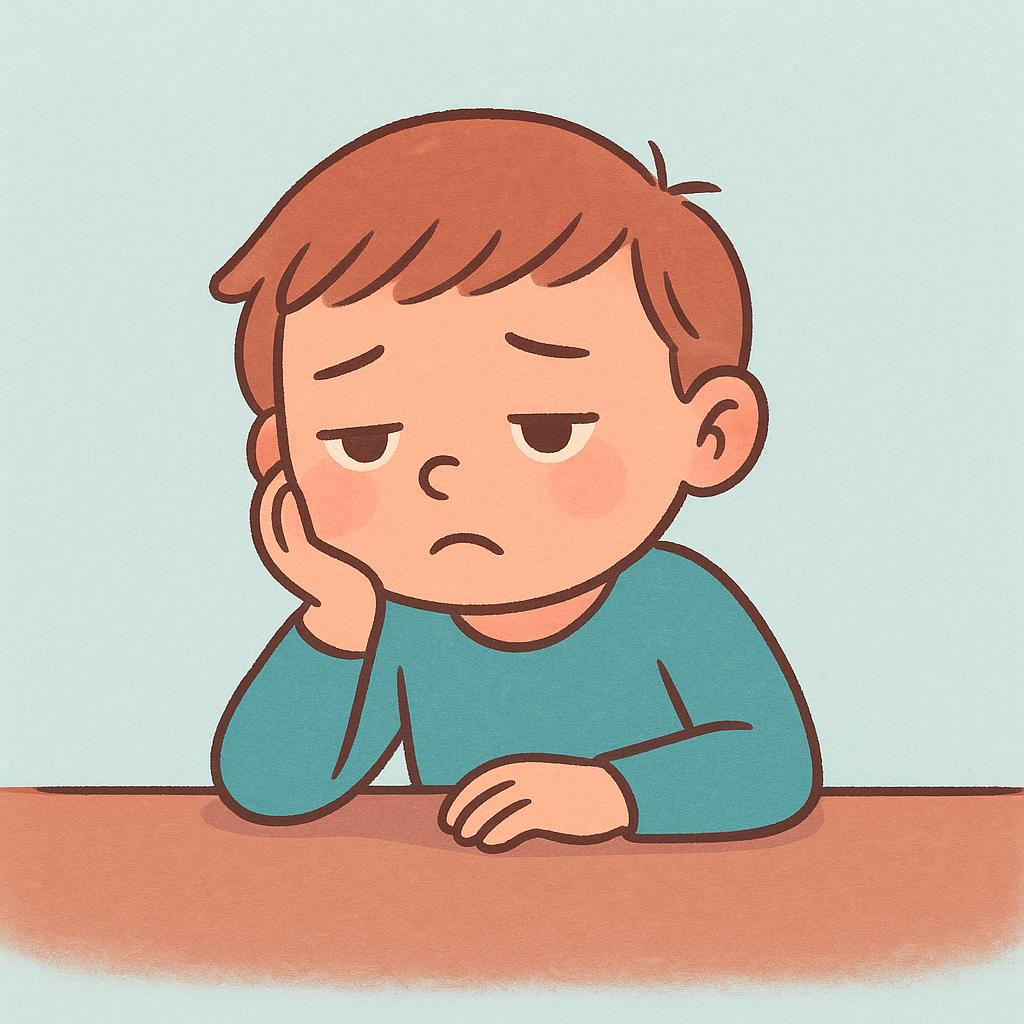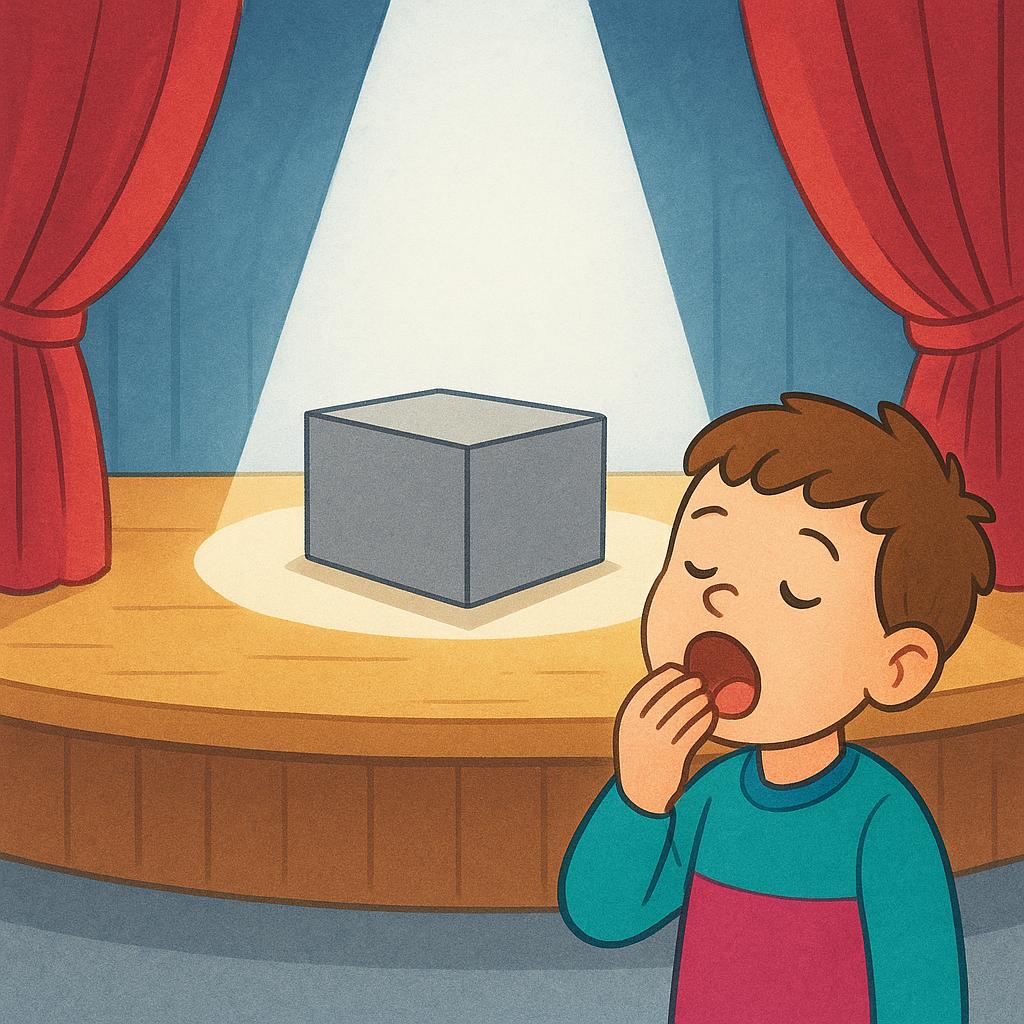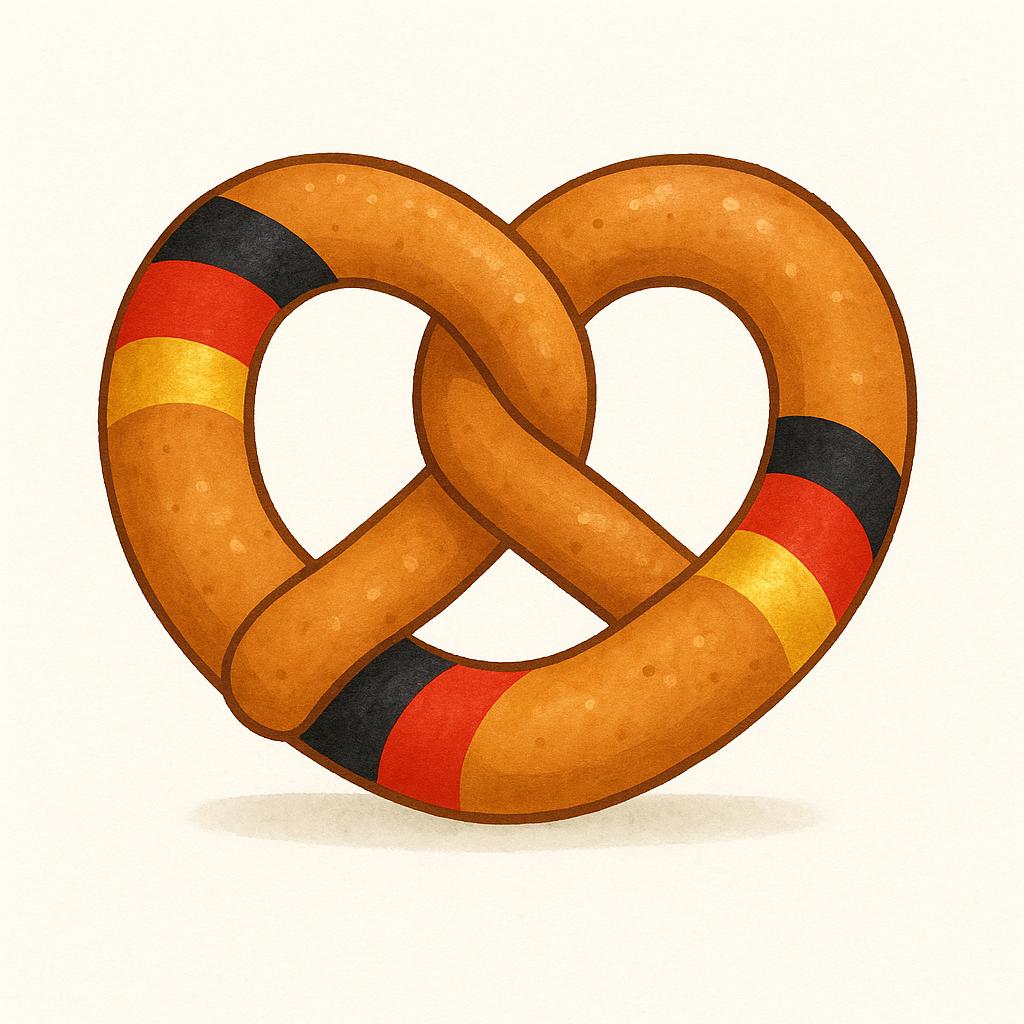Spanish Adjectives
Spanish adjectives (adjetivos) are words that describe or modify nouns. Unlike English, Spanish adjectives must agree with the nouns they modify in both gender (masculine/feminine) and number (singular/plural). Most adjectives come after the noun, though some common ones precede it.
Key Characteristics
Gender Agreement
Adjectives must match the gender of the noun. "El libro rojo" (masculine) vs "La casa roja" (feminine).
Number Agreement
Adjectives must also match in number. "El libro rojo" (singular) vs "Los libros rojos" (plural).
Position Matters
Most adjectives follow the noun, but some common ones (bueno, malo, grande, pequeño) often precede it, sometimes with meaning changes.
Shortened Forms
Some adjectives drop their final -o before masculine singular nouns (bueno → buen, malo → mal, primero → primer).
Visual Examples
Explore these adjectives with images and audio pronunciation from our visual dictionary.
Types of Adjectives
Descriptive Adjectives
Describe qualities or characteristics
Nationality Adjectives
Indicate origin or nationality (not capitalized in Spanish)
Possessive Adjectives
Show ownership or possession
Demonstrative Adjectives
Point out specific nouns
Formation Rules
Adjectives ending in -o change to -a for feminine
Adjectives ending in -e or consonants are often the same for both genders
Add -s for plural if ending in vowel, -es if ending in consonant
Common Mistakes to Avoid
❌ Placing all adjectives before the noun
✓ Most descriptive adjectives come AFTER the noun in Spanish, unlike English.
✗ la roja casa | ✓ la casa roja (the red house)
❌ Forgetting gender/number agreement
✓ Always match the adjective to the noun's gender and number.
✗ las libros rojas | ✓ los libros rojos (the red books)
❌ Capitalizing nationality adjectives
✓ Unlike English, nationality adjectives are lowercase in Spanish.
✗ comida Mexicana | ✓ comida mexicana (Mexican food)
How Spanish Adjectives Differ from English
Position
English adjectives always come before nouns. Spanish adjectives usually follow nouns, with some important exceptions.
Agreement
English adjectives never change form. Spanish adjectives must agree in gender and number with their nouns.
Pro Tips for Using Adjectives
💡 Common adjectives before nouns often have special meanings
Example: un gran hombre (a great man) vs un hombre grande (a large man)
💡 Multiple adjectives are linked with "y"
Example: una casa grande y bonita (a big and pretty house)
Browse All 1433 Spanish Adjectives
Explore our complete collection of Spanish adjectives, organized by CEFR proficiency level. Click any word to see detailed definitions, usage examples, and pronunciation guides.











